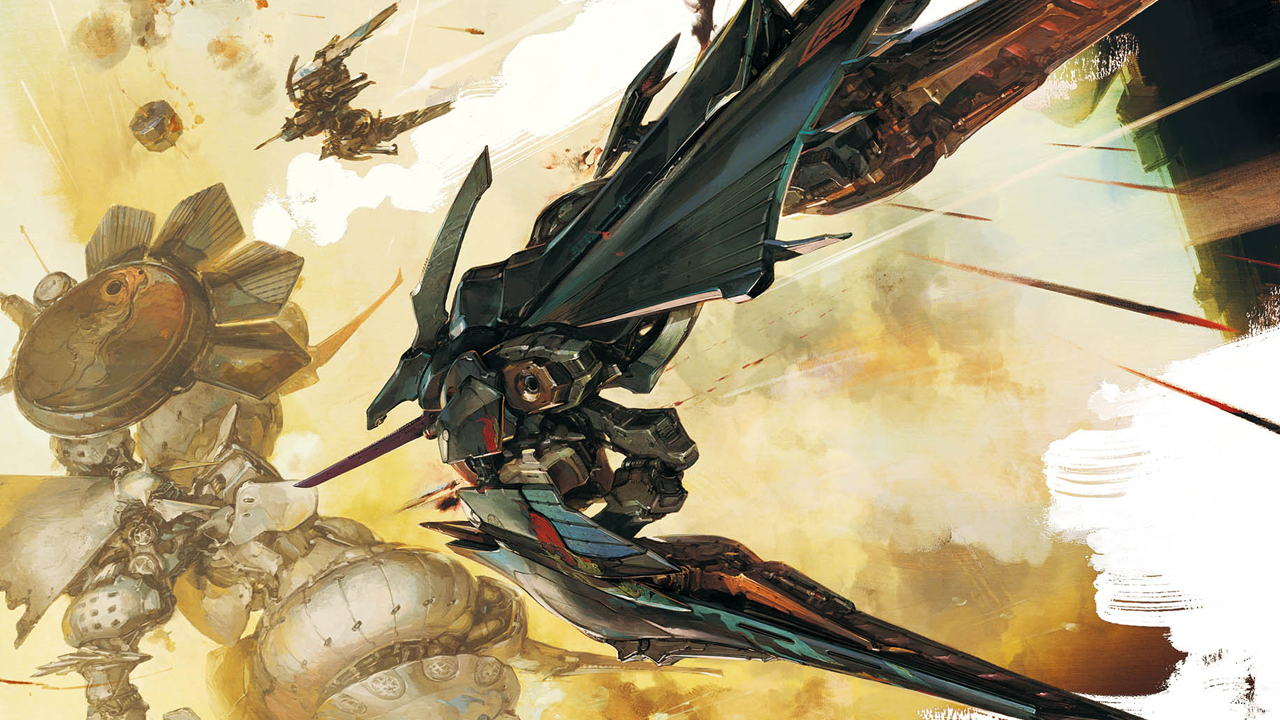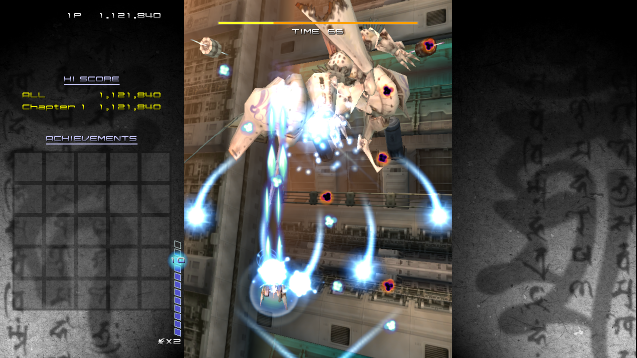Ikaruga's rule of threes


In Why I Love, PC Gamer writers pick an aspect of PC gaming that they love and write about why it's brilliant. Today, Tom digs deeper into the atonishing Ikaruga.
Ikaruga is an arcade shmup that arrived on PC last year. It's famous for both its difficulty and its central conceit: your light shield absorbs light bullets; your dark shield absorbs dark bullets. When you switch polarity, your bullets switch too, dealing double damage to enemies of the opposite affinity.
Ikaruga wrings increasingly complex challenges out of this simple idea. It traps you, blasts you with beams wider than your vessel, and pins you down in shifting fields of laser fire. One moment it's a duck-shoot, the next a puzzle, and then a maze, then a bossfight. By the end of Ikaruga's 25 minute span it has spun the polarity system into hundreds of challenges that flow into one another every ten seconds or so. It's a case study in how to extrapolate a single mechanic into an entire game.
But there's more to Ikaruga than that. Half of the game is about survival, and half is about your score, and the sought-after S++ rank. To score big you must assemble chains by shooting enemies in clusters of three: three dark enemies, three light, another three light, three dark—the order doesn't matter. Keep killing in triplets; don't break the chain.
This discovery changed my entire perception of Ikaruga. There was an order to the world that had been staring me in the face for hours, and I'd blindly ignored it. Enemy hordes suddenly had purpose. This wasn't a chaotic storm of enemies, but a beautifully constructed pattern of opportunity. Every clustered trio of enemies is a little gift from the designers. My fully powered up homing missile barrage fires twelve shots—an easy chain of four if I manage to eliminate dark enemies and leave white intact. The battleships in chapter one have eight broadside turrets, once destroyed the host vessel itself can be popped for a tidy triple-chain. The spare blocks in chapter one's block maze suddenly have a reason to exist—to think I'd left them unharmed for so long.
Most of the routes I'd learned so far helped me stay alive, but proved completely inefficient for chaining. I had to learn new behaviour and achieve a new level of finesse. I could no longer attack the level with a relentless stream of bullets. Some sections need a sniper, so I learned to weave into a pack of enemies and zap them with single shots, like dotting the “i”s on a dense, moving manuscript.
I came to realise that I am not good enough at games to do this. As you plunge in to chapters three and four, the bosses grow tougher and the enemies faster. I studied videos of Ikaruga masters, and saw a gulf in skill that was well beyond me. It was an education, however, in how an extra layer of challenge can have a powerful transformative effect on a game. Treasure managed to achieve that within the confines of an incredibly simple set of rules. I can only marvel at their skill.
Now, if you don't mind level design spoilers (Ikaruga has little discernible story), here's a full run of the game, completed by someone who is stupidly good at the game.
Keep up to date with the most important stories and the best deals, as picked by the PC Gamer team.
Part of the UK team, Tom was with PC Gamer at the very beginning of the website's launch—first as a news writer, and then as online editor until his departure in 2020. His specialties are strategy games, action RPGs, hack ‘n slash games, digital card games… basically anything that he can fit on a hard drive. His final boss form is Deckard Cain.


